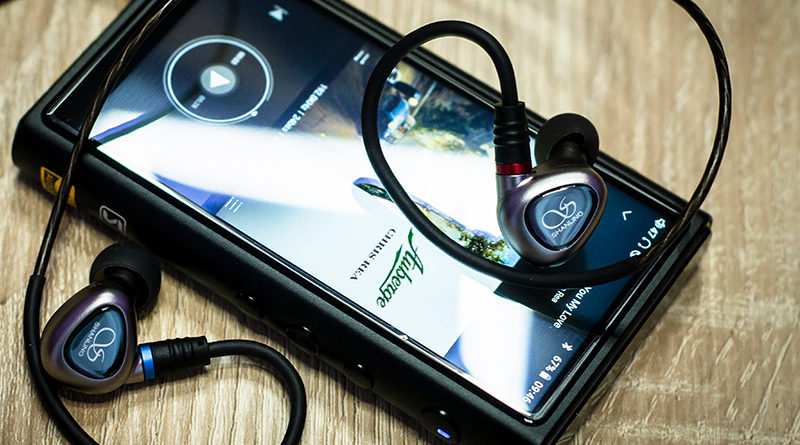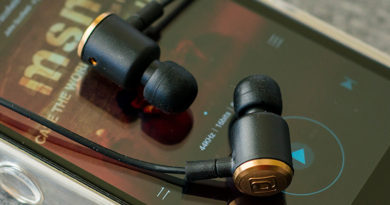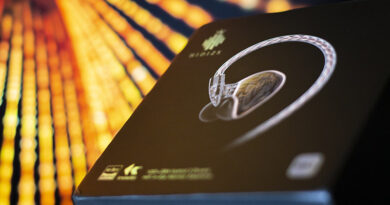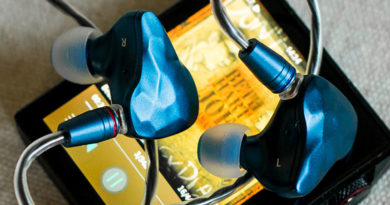Shanling ME80 – accurate but musical
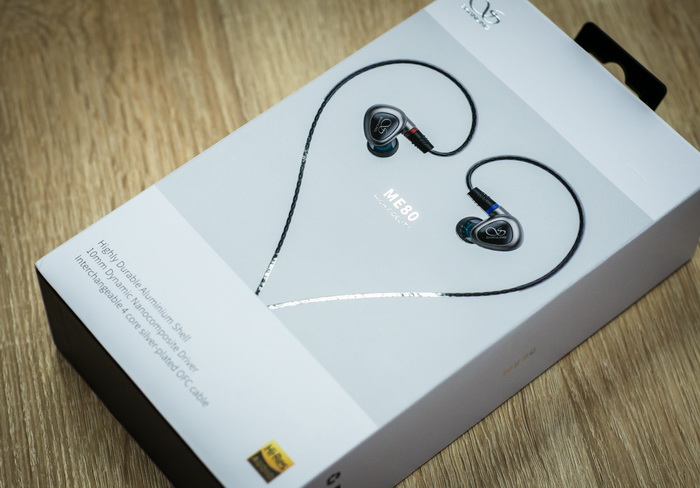

This would be the first sample of IEMs from the respected and popular brand Shanling that ever got to our hands. Not only the first for us, but also new to the market. Shanling (Shenzhen Shanling Electronics Co., Ltd., Shenzhen, China) was founded 33 years ago and all that time stays active, building up the experience, growing, diversifying product range and expanding to the new markets. Judging from brand history and current lineup, for the past 10 years, their focus has shifted from stationary music DACs, amplifiers and players to HiRes portable audio. First DAP was introduced long ago, in 2014, while the first IEMs – ME100 – were introduced only four years after, in 2018. Now, Shanling, on mass market, is mostly known and respected for their modern and sophisticated high quality / high resolution “M”-series portable audio players which collected various industry nominations and awards along with lots of positive feedback from the customers.
Now, back to IEMs. Since 2018 and first ME100 model, Shanling has released a full bunch of dynamic or hybrid IEMs with “ME” prefix in name and one pure armature model AE3. Most of “ME” models are based on similar proprietary “water droplet” design principle, while only 2 models incorporate very familiar so-called “custom” design shape. Currently, “ME” series consists of the following models: ME100 (dynamic), ME200 (hybrid), ME500 (hybrid), ME500 Platinum Edition (hybrid), ME700 (hybrid). But there is one new single dynamic driver model – ME80 which is a topic of our review today. Shanling ME80 has been introduced few weeks ago, intended as the youngest in the lineup, targets the lower budget and might be considered as a successor to the ME100.
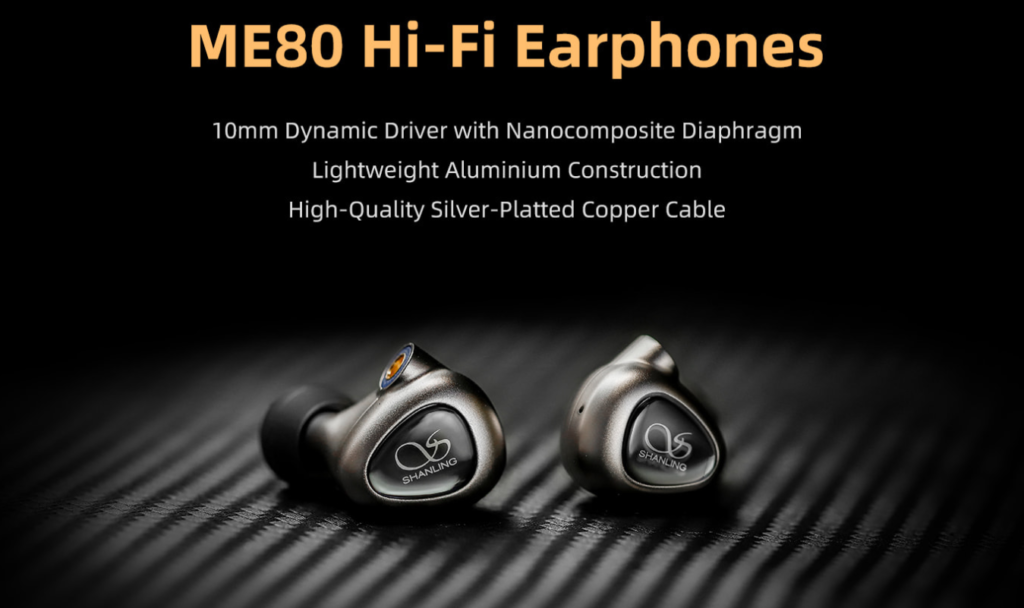
Why a successor? ME80 is also based on similar size single DD unit, shares most of specs and based in the similar design. So, the specs are as following:
- Driver: single DD, 10mm, dual magnet, PU + PEEK composite diaphragm (proprietary, 3rd gen.)
- Frequency response: 20Hz – 40kHz
- Sensitivity: 111 +/-3dB
- Impedance: 16Ohms
- Cable: 1,3m, silver-plated copper, detachable, MMCX connectors
- Plug: 3.5mm SE
- Weight: 5.7g
As stated at the official Shanling website – ME80 have been certified by JAS (Japan Audio Society) as Hi-Res audio device due to extended frequency response range, reaching up to 40kHz.
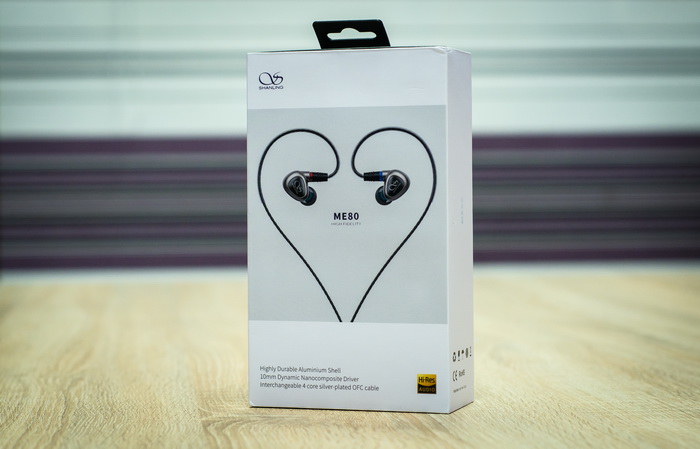
Packaging, design and fit:
Shanling ME80 is shipped in beautiful but not logistics-friendly box. It is quite big for the products of this size which, in its turn, allows to create very positive initial impression. First goes the outer colorful box cover with glossy product picture, name, logo and HiRes certification imprints at the front and product details at the back. Followed by the box itself – stiff black matt carboard with glossy Shanling logo embossed right at the center of the facing side.
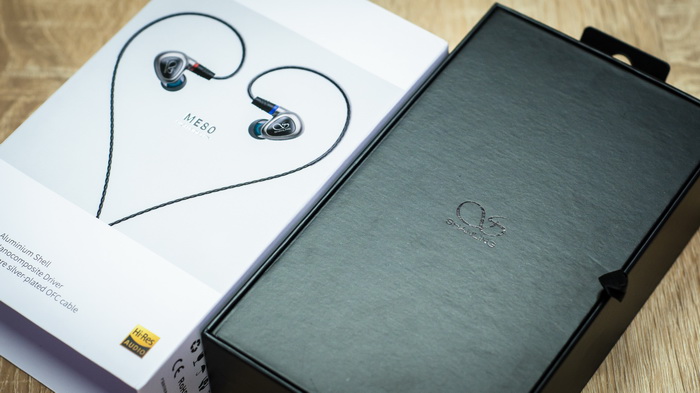
Box is equipped with wall hanger and special strap for the ease of opening. The insides disclose perfectly secured IEM units and accessories resting in special cutouts made in very thick soft foamy insert. Every piece of this bundle has its own dedicated place, furthermore, some even have the additional labels and specifications located on the insert (our guess that those are made by a laser).
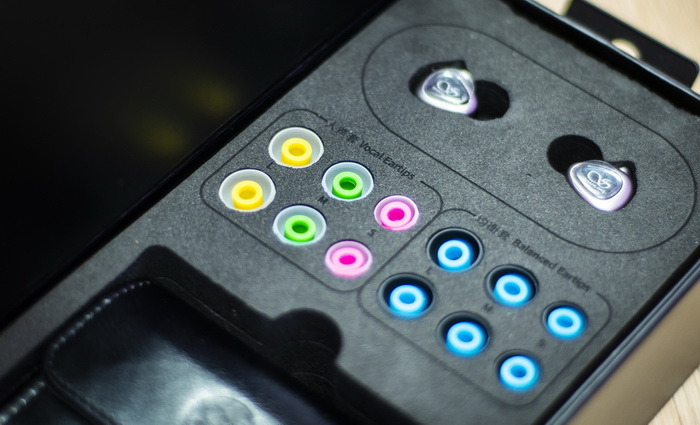
Very neat, perfectly organized and appealing packaging, especially for the perfectionists. So, the box contents are:
- IEMs (facing parts are additionally protected from the scratches by pre-applied adhesives)
- 7 pairs of silicone eartips
- 1 pair (size M) is fitted to IEMs
- 3 pairs (size S, M, L) of vocal-oriented eartips
- 3 pairs (size S, M, L) of balance-oriented eartips
- Audio cable with plastic protection cap for 3,5mm SE plug
- Leather storage case
- Small brush for cleaning
- User Manual
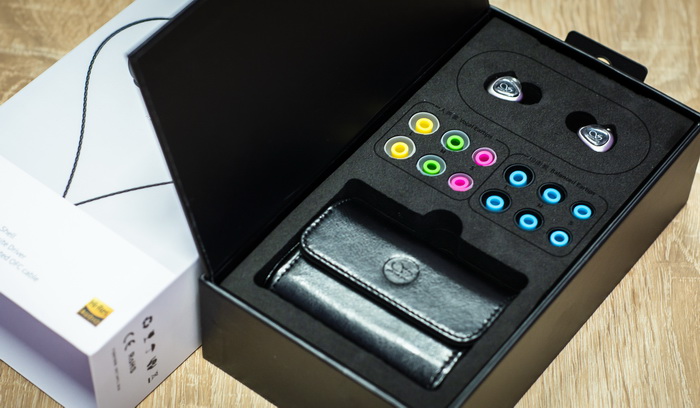
Nice and rich contents indeed. Having cleaning brush, plastic cap and this amount of eartips included is not very regular. There were lots of IEMs of other brands passing through our hands and we can tell for sure that this is one of the best in terms of design and amount of accessories.
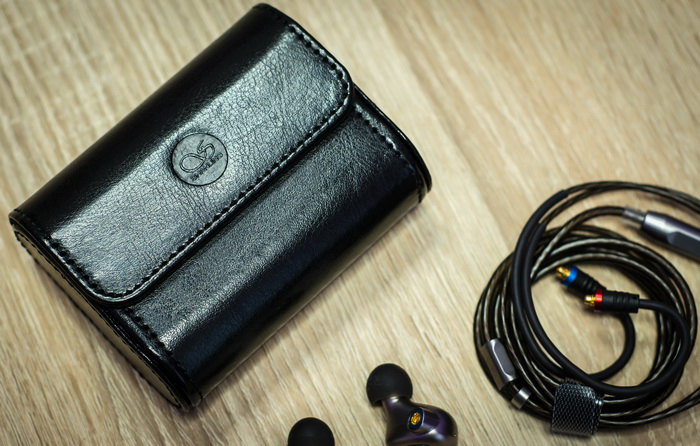
One of the main accessory – the leather case – is decent. It is large enough to store IEMs together with couple of cables, all eartips and cleaning brush. Its inner part is fully covered with soft cloth to prevent any damages and scratches to the contents while the locking is achieved by using pretty strong inbuilt magnet. And it also features Shanling logo embossment.
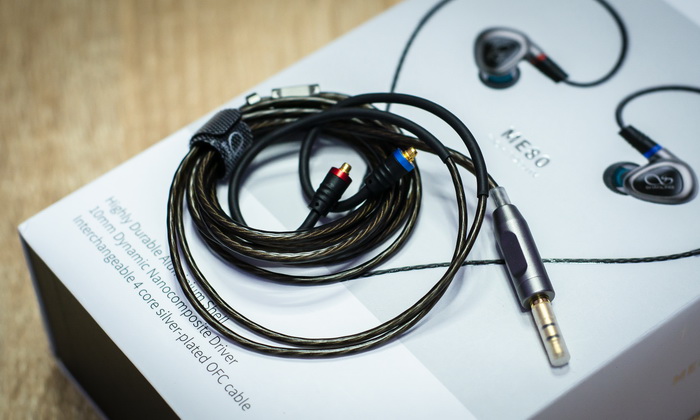
Stock interchangeable cable seems to be a good pair for the IEMs, although we always willing to find balanced version among the accessories which almost never happens. Anyway, this cable is 1.3 meters silver-plated copper strands packed to semi-transparent silicone braid, ending with MMCX connectors at one side and 3.5mm SE plug at the other. Furthermore, cable is equipped with aluminum Y-splitter, limiter and plug housing, plastic IEM connector housings and springy pre-shaped ear guides. Left and right channel connectors have the corresponding blue and red aluminum ring indicators. Cable is also protected from bending next to the plug by a special silicone tube.
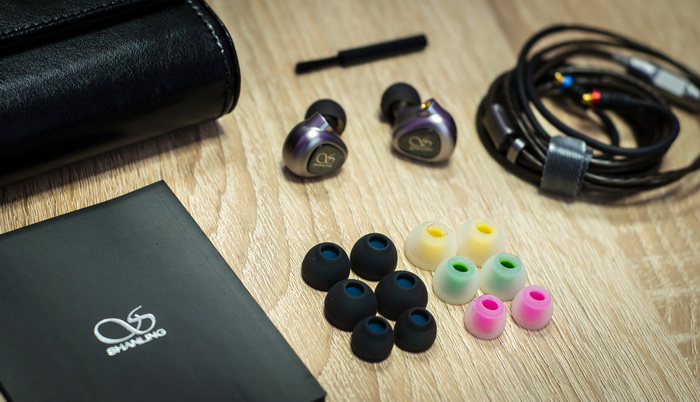
Concerning the selection of different eartips – we are not ready to declare that there is evident influence of balanced or vocal-oriented eartips on the resulting sound. The change is subtle and only perceptible during the A|B tests. What definitely makes the effect on the sound is the size of the eartips and how well do they fit to your ears. Slightly less deep and tight – and there is almost no lows which are affected at the first place. Therefore, we would say that instead of different pairs of eartips for different sound signatures, we would prefer to have other types and materials, like memory foam, flanged, etc., in order to find the most comfortable pair.
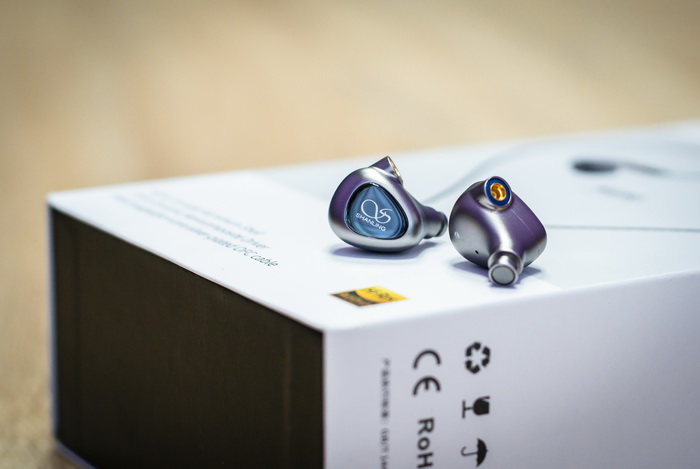
Now, back to ME80 IEMs. As Shanling states, ME80 shells are made of 6000 series aluminum alloy. Shells consist of two parts, perfectly aligned together. Surface finish is smooth but matt. Color reminds of a titanium. The central design elements and what dedicates the most to the overall beauty of these IEMs are Shanling logos covered with transparent droplet-like glass inserts. The tandem looks gorgeous especially when catching some light reflections. We also like that cable connector bases have red and blue ring indicators for the cable.
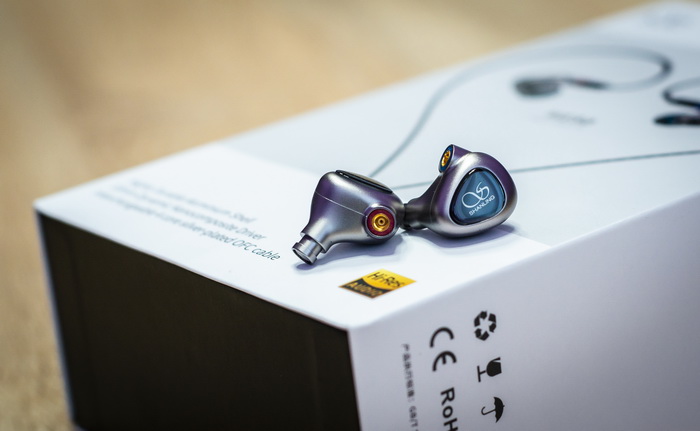
Output nozzles make one piece with the base part of the shell and protected with the aluminum filter grills. One compensational opening is located near the nozzle base and the other one is on the backside edge of the shell.
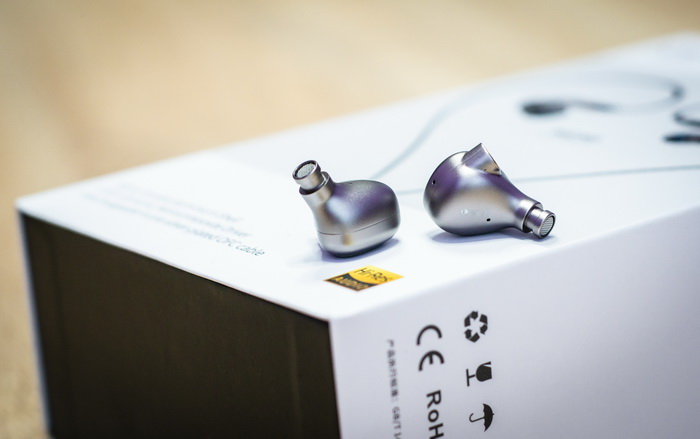
In overall, the design is pretty attractive, tidy and appealing while the size of the shells is compact. IEMs are smaller than regular “custom” shaped units or many single dynamic driver models.
What about the fit? Not much to say here. Despite that the output nozzles look kind of short – in real life it doesn’t cause any troubles for us. Shells are small and convex, allowing nozzles to utilize its full length and sit pretty deep. Ear guides help a lot to fix the construction in place, even during active movements. Therefore, ME80 are quite universal and should be comfortable for the most of the people, but we would recommend prior tests if there is such possibility.
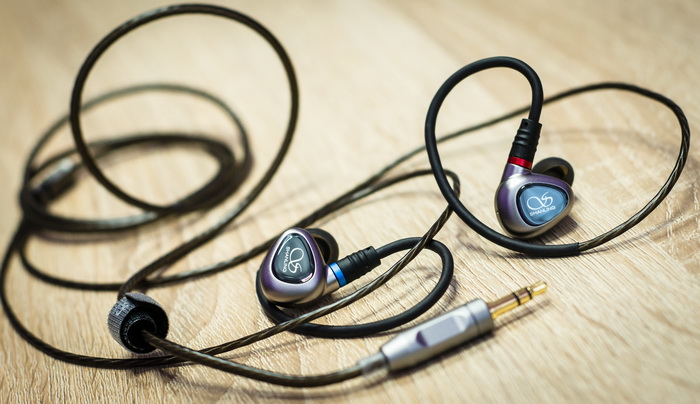
Sound tests:
Our sound tests were conducted with the following setup: HiBy R5 Sabre DAP, 4.4mm MMCX BL cable by Penon Audio + Shanling ME80 IEMs. We should mention here that ME80 are irregularly easy to drive dynamic IEMs, since the impedance is only 16Ohms and the sensitivity is quite high (111 +/-3 dB). Such IEMs would be perfect choice for any audio source with limited output power and even for a smartphone. It is kind of rare now that dynamic model possess such specs mostly common to armature or hybrid models. On the other hand, ME80 is more susceptible to higher noise floor and very dependent of the track recording quality. The best combination is using it with high quality DAPs or DACs, SE connection (or BL if it has very good circuit design) and high quality tracks. Otherwise, ME80 would retrieve and reflect all discrepancies in sound.
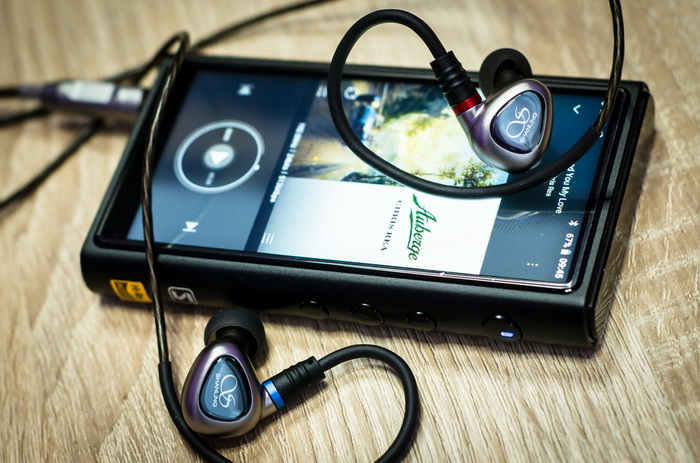
Lows: similarly to most of the single dynamic IEMs, despite its cost, the performance of lows would depend of the amount instruments on stage. Slow genres with low instrument saturation result in decent bass extension, contouring and texturing. Moreover, under the same circumstances this range is perfectly controlled, not overemphasized and accurately delivered. We would say that it is even impressive for 1DD model with 10mm diaphragm. Although, when more instruments step in, or with fast genres – lows become more blurred and start to bleed in, not quite keeping up with the overall dynamics. This effect is not crucial, rather quite regular for such types of IEMs, therefore, reducing the first excitement. Nevertheless, the overall performance of lows and midbass in ME80 is compelling and on level with similarly priced rivals.
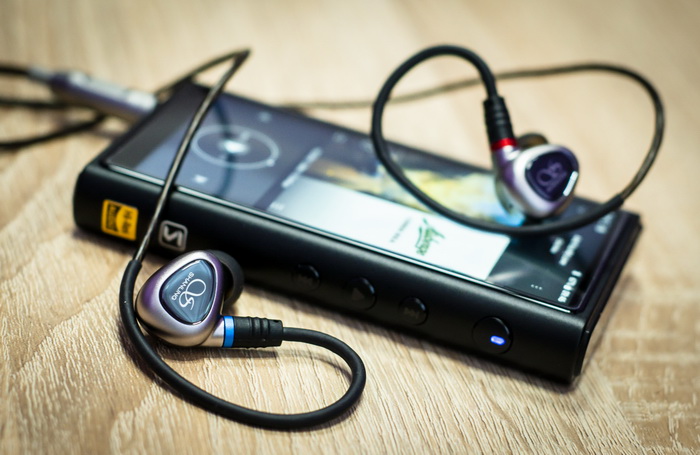
Mids: despite being slightly recessed in comparison to lows or treble, ME80 mids has managed to retain the best characteristics of modern dynamic drivers – thick and full-bodied presentation decorated with high amount of details resulting from the decent lower treble and virtual resolution. Such approach provides more air and separation to the dense and thick sound, at the same time avoiding extra peaks or sibilance on female vocals. We like the clarity of mids together with smooth and even delivery of this range. Kind of velvet presentation, good layering and defined boundaries of every single sound even at high volume level. In overall, mids do sound little warm even despite the influence from lower treble.
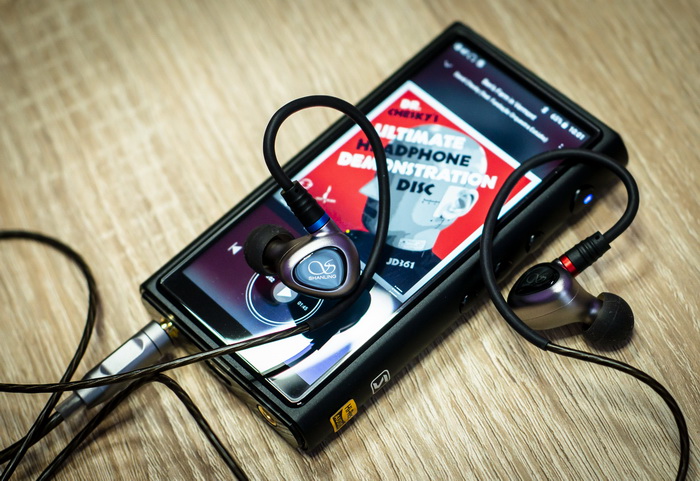
Treble: this the most impressive part of ME80 performance. Surprisingly crisp and clear, with decent extension and vast amount of tiny details. Such performance is mostly common to armature drivers and rarely met among dynamic models. Furthermore, it is slightly elevated in gain in comparison to other ranges, therefore accented and emphasized. Not too much, though. Again, it only creates the additional virtual resolution as it was said before and does not produce any negative results. Another slight emphasis on lows perfectly balances such treble tuning, shifting the perception to almost balanced and linear feel.
Soundstage: ME80 are quite moderate and not revealing in this respect. Instruments do not tend to mix, all have defined locations but the stage feels quite narrow in both vertical and horizontal dimensions. Only the binaural recordings sound wide, with lots if air and distant placement.
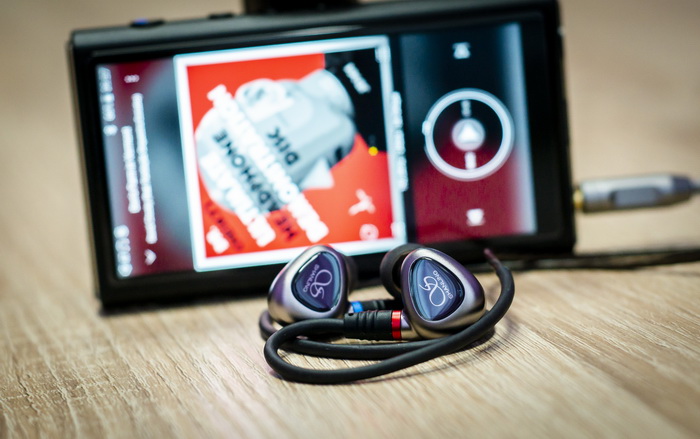
Sound in overall: Shanling ME80 sound can be described as slightly V-shaped, tending to colder, brighter coloration – with slight accent on lows and more emphasis on treble which is the most impressive here. Lows have very good performance in slow music genres, with good extension and texturing, mids always stay perfectly detailed, quite thick and smooth while treble is a stunning part indeed. Concerning its single dynamic driver nature – the best result would still be with the slow music genres and small amount of instruments. Blues, rock ballads, jazz, pop, rap, hip-hop… Not very good for speed metal, hard rock or orchestra.
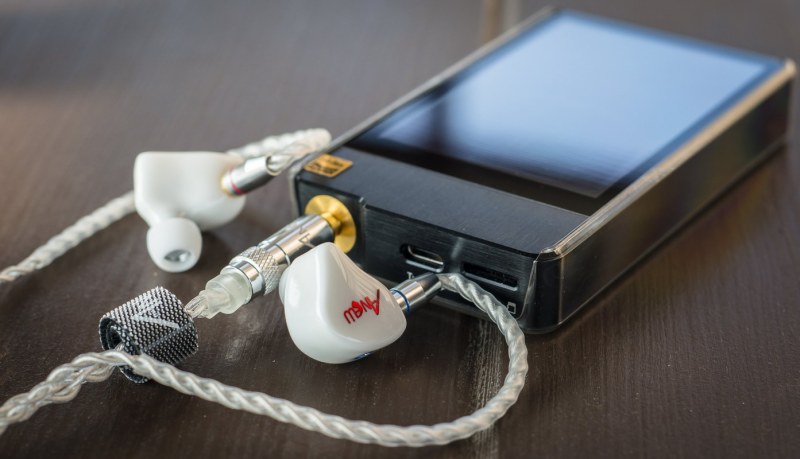
Compared to Anew U1: Perhaps, the closest match for the comparison. Anew U1 and Shanling ME80 are almost similarly priced and both deserve the admiration. Most of the sound characteristics are very close, although ME80 are little bit more V-shaped and tuned towards treble, showing more musicality and exhibiting its virtue this way. Moreover, ME80 have a strong advantage of being free of unpleasing peaks on female vocals that were spotted in Anew U1 performance. But again, both models are impressively good for a single dynamic driver IEMs and the main difference is that Anew U1 is more balanced and strict while Shanling ME80 are more V-shaped and amusing.
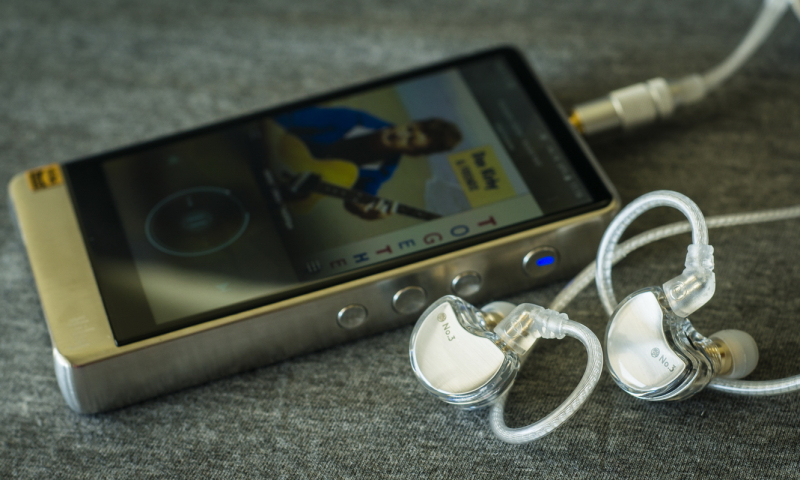
Compared to TFZ No.3: The differences here are much more pronounced. TFZ No.3 sound much darker, with much more emphasis on lows. Treble portion here is not that capable as in ME80 and not sufficient to balance such accent on lows. Dark, warm and thick sound with lack of clarity as the result. Shanling ME80 perceived much more balanced afterwards, sound is more accurate, saturated with lots of detail and textures.
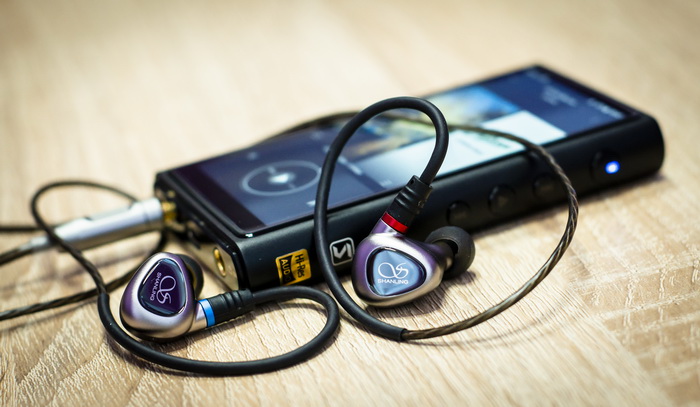
Conclusion:
Shanling ME80 is a good contender for the price from any standpoint. Rich bundle contents, high build quality, universal fit and, what is the most important – appealing sound with some impressive characteristics. ME80 price is justified by more accurate delivery compared to cheaper models and at the same time are tuned to stay off the dry or analytical sound. Its non-tiring musicality is free of negative effects which proves Shanling’s mature experience in this field. The virtues are extraordinary good treble, not expected from dynamic IEMs, smooth, velvet mids and deep, textured bass. Excellent option for the fans of dynamic technology, especially with HiRes audio sources and tracks in possession.
Shanling ME80 official page: LINK
Where to buy Shanling ME80: LINK
Shanling official website: LINK
Stay tuned, more reviews to come…

